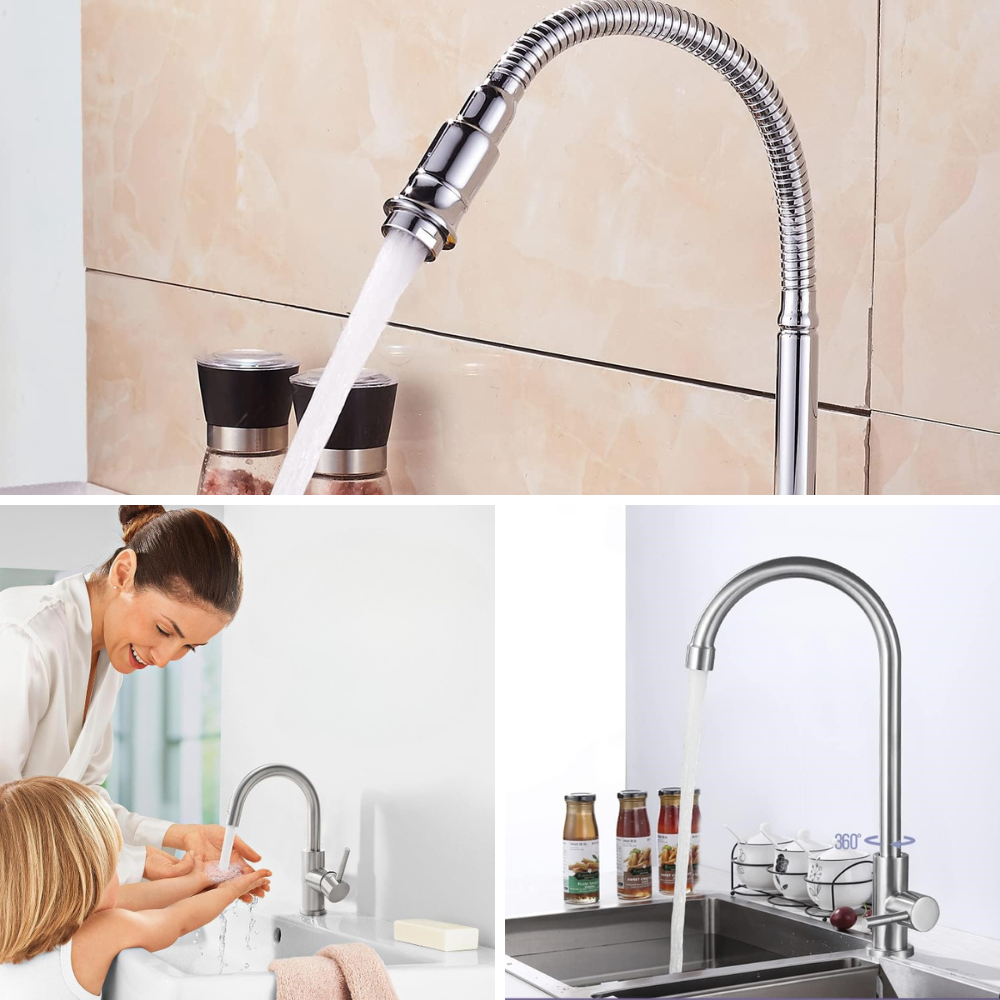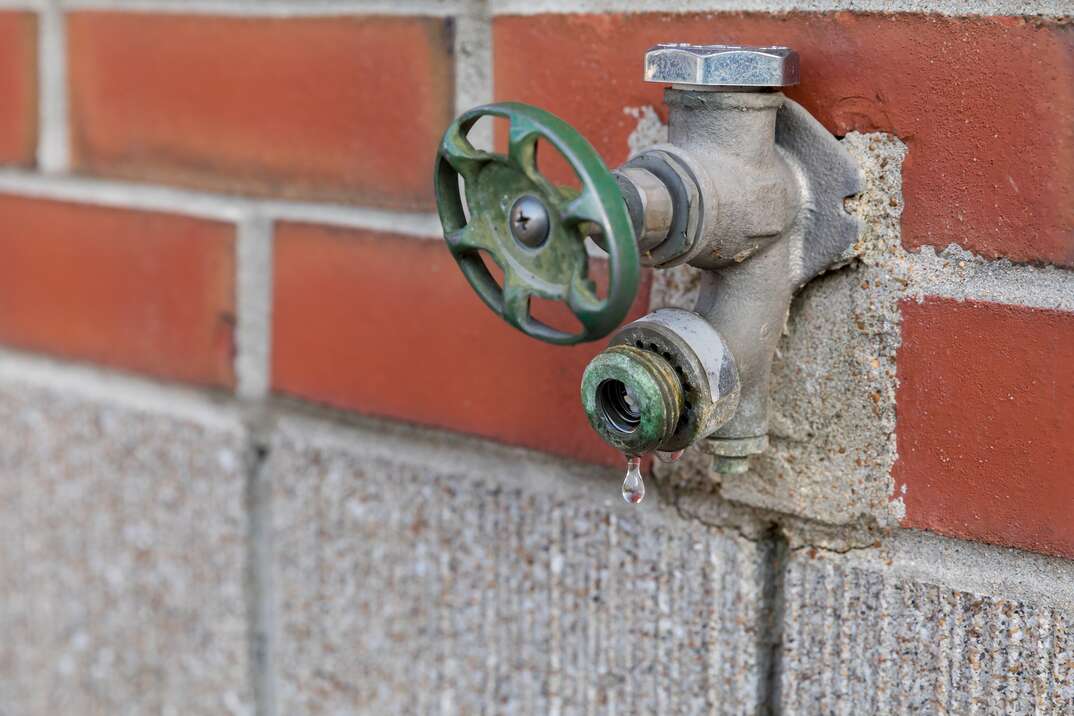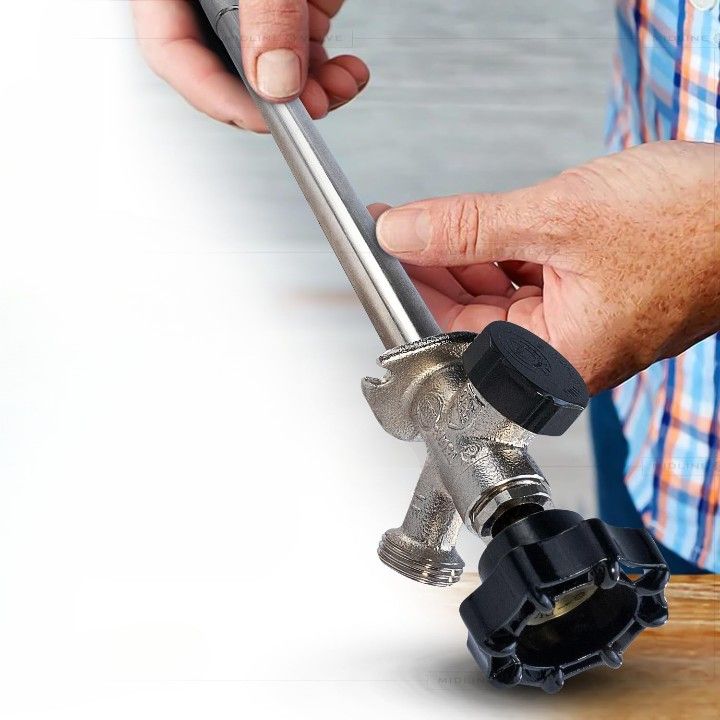Outdoor faucets, often referred to as spigots or hose bibs, are an integral part of our homes. They provide a convenient water source for numerous outdoor activities such as gardening, car washing, and more. However, with a myriad of outdoor faucet types available in the market, choosing the right one can seem daunting. This blog post aims to demystify the different types of outdoor faucets, their features, and their benefits, to help you make an informed decision.
Standard Hose Bib
The standard hose bib is the most common type of outdoor faucet. It's simple, durable, and easy to operate. The design includes a threaded spout where you can attach your garden hoses. The standard garden hose bib operates with a turn knob, which controls the flow of water. Its simplicity and ease of use make it a popular choice among homeowners.
Standard Hose Bib: Pros and Cons
Pros:
Simplicity: Standard hose bibs are easy to install and use.
Cost-Effective: They are typically the most budget-friendly option.
Versatile: Can accommodate a wide range of hose and accessory types.
Cons:
Freezing Risk: Standard hose bibs are vulnerable to freezing in cold climates.
Limited Reach: The hose must be connected directly to the faucet, which limits its reach.
Frost-Free Faucet
Living in a region with freezing temperatures? The frost-free faucet is your perfect companion. Its unique design prevents water from freezing inside the pipe, thereby averting potential damage. The secret lies in its long pipe that extends into the warm interiors of your home. When you close the frost-proof outdoor faucet, the water drains out, leaving no water to freeze within the pipe.
Frost-Free Faucets: Pros and Cons
Pros:
Freeze Protection: Resistant to freezing, reducing the risk of burst pipes.
Durability: Typically more durable due to construction and materials.
Versatility: Suitable for a variety of outdoor tasks with a standard hose connection.
Lower Maintenance: Requires less maintenance due to reduced freezing risk.
Ideal for Cold Climates: Well-suited for regions with harsh winters.
Cons:
Complex Installation: Installing below the frost line can be more involved.
Higher Initial Cost: Generally more expensive than standard faucets.
Not Immune to Freezing: While less likely, freezing can still occur if hoses are left attached.
Limited Reach: The faucet's reach is confined to the length of the extended pipe.
Ball Valve Hose Bibs
Ball valve hose bibs are a modern take on the standard hose bib. Instead of a screw mechanism, they employ a ball valve for controlling water flow. This design reduces wear and tear, making the ball valve hose bibs more durable and long-lasting. Plus, their quarter-turn operation makes them extremely easy to use.
Ball Valve Hose Bibs: Pros and Cons
Pros:
- Simplicity: Easy to install and use, with a simple on/off lever.
- Cost-Effective: Typically budget-friendly and widely available.
- Quick Shut-Off: Ball valve design provides an efficient on/off function.
- No Freezing Mechanism: Less susceptible to damage from freezing if hoses are removed.
- Adequate for Moderate Climates: Suitable for regions with milder winters.
Cons:
- Freezing Risk: Prone to freezing in colder climates, potentially leading to burst pipes.
- Limited Durability: This may require more frequent replacement due to wear and tear.
- Not Ideal for Harsh Winters: Unsuitable for areas with extended freezing temperatures.
- Regular Maintenance: This may require more upkeep due to the increased risk of freezing
Sillcock Faucets
Sillcock faucets are similar to frost-free faucets but with a slight variation. They come with extended pipe-like frost-free faucets but feature a vacuum breaker on the spout to prevent the backflow of water. This makes sillcock frost-proof faucets an excellent option for those concerned about water safety.
Silcock Faucets: Pros and Cons
Pros:
Extended Reach: Ideal for reaching areas away from the wall.
Versatile: Available in various lengths and styles.
Protection: The pipe extends into the wall, reducing exposure to the elements.
Cons:
Installation Complexity: Requires a longer pipe to be installed inside the wall.
Potential for Leaks: If not installed correctly, they can be prone to leaks.
Yard Hydrants
Yard hydrants are free-standing outdoor faucets designed to supply water over large distances. They are commonly used in rural areas or large properties where water needs to be accessed far from the home. Yard hydrants feature a long vertical pipe connected to an underground water source. The water flow is controlled by a lever at the top.
Yard Hydrants: Pros and Cons
Pros:
Freeze Protection: Can access water below the frost line.
Convenience: Often has a pump-like handle for easy operation.
Long Reach: Suitable for remote outdoor locations.
Cons:
Complex Installation: Requires digging a deep trench for installation.
Cost: Typically more expensive than standard hose bibs.
Maintenance: This may require occasional maintenance, especially in sandy or clay soils.
Choosing the Right Outdoor Faucet
When choosing the right outdoor faucet, consider factors such as your climate, the faucet's intended use, and the distance from your water source. For instance, if you live in a region prone to freezing temperatures, opt for frost-free faucets or sillcock faucets. Similarly, if you need water access far from your home, a yard hydrant ball valve faucet would be the ideal choice.


Why do outdoor faucets need to be covered?
Outdoor faucets need to be covered in cold climates for protection against freezing temperatures. It's the law in some states that an exterior water spigot must be shut off and drained before winter arrives to prevent damaged pipes due to ice buildup.
Covering your outdoor faucet can help protect the structure of your home as well. Water within a pipe may freeze and expand, damaging not only the pipe itself but also any surrounding materials such as drywall or woodwork. It is important to remember that if you have foam insulation around your pipes then this should still be removed before draining and covering them as foam insulation does not protect against freezing temperatures.
Do outdoor faucets need to be replaced?
Yes, outdoor faucets should be replaced periodically. The life of an outdoor faucet varies depending on the materials they are made from and how often they are used. Generally speaking, metal-based outdoor faucets can last up to 10 years but may need to be replaced sooner if corroded or broken due to rough weather conditions. Plastic-based outdoor kitchen faucets will typically have a shorter lifespan of about 5 years before needing replacement.
To get the most out of an outdoor faucet, you must regularly check for any damage or wear and tear due to cold weather exposure and other environmental factors like extreme heat or ultraviolet light exposure over time. Additionally, it's smart to install a shut-off valve on-off valves when installing your new outdoor faucet so you can easily turn off the water supply in case of emergency without having to go in through your house/basement plumbing system which could cause further damage down in there!
What device is required on all outside faucets?
Every outside faucet should be equipped with a properly functioning vacuum breaker. A vacuum breaker is a device that prevents water from entering the municipal water supply when indoor faucets or outdoor hoses are attached to it. It’s important so that contaminated water or other hazardous materials are not drawn back into the public drinking system, thus maintaining good public health and safety standards.
The most common type of vacuum breaker is made of plastic and looks like a small cap threaded onto the end of the outlet pipe coming out from your home's main shutoff valve or pressure regulator to protect against backflow. It typically has two openings, one for air intake (so that no partial suction can occur) and one for the release of any built-up air pressure if necessary. The device works by allowing air into its chamber whenever there’s increased pressure in it due to water being drawn through the hose connected to it; this equalizes the atmospheric pressure between inside and outside chambers, preventing any flow reversal inside your home's pipes while still allowing you to draw normal amounts of fresh clean water out through your hose connection—keeping both you and your neighbors safe!
What makes an outdoor faucet frost-free?
An outdoor faucet that is frost-free or freeze-proof consists of two main components. The first component is a valve located within the wall that controls the water flow to the spout. This valve also contains an internal anti-siphon device that prevents the backflow of contaminated water into your home's potable water supply, as well as protecting it from freezing during cold weather.
The second component, which makes an outdoor faucet frost-free, is an insulated pipe leading from this valve to the existing outdoor faucet spigot outside the house. This pipe has insulation surrounding it to keep heat in and protect against freezing temperatures. Some models also have heating elements near or inside their pipes which are designed to keep them warm and free of ice blockages even when temperatures drop below freezing levels for several hours at a time.
Should outdoor faucets be left open in winter?
No, outdoor faucets should be shut off and disconnected from the water supply during winter months. This will help prevent the pipes from freezing and bursting due to cold temperatures. Additionally, it is important to make sure that any hoses connected to the outdoor faucets are removed and stored away to prevent water from accumulating and freezing in the pipes.

In conclusion, understanding the various outdoor faucet types and their specific features can significantly simplify your selection process. Whether you're looking for durability, ease of use, or frost resistance, there's an outdoor faucet designed to meet your specific needs. So, equip your home with the right outdoor faucet and make your outdoor chores a breeze!
Remember, installing an outdoor faucet requires plumbing knowledge. If you're unsure, it's always best to seek help from a professional plumber. Happy watering!











